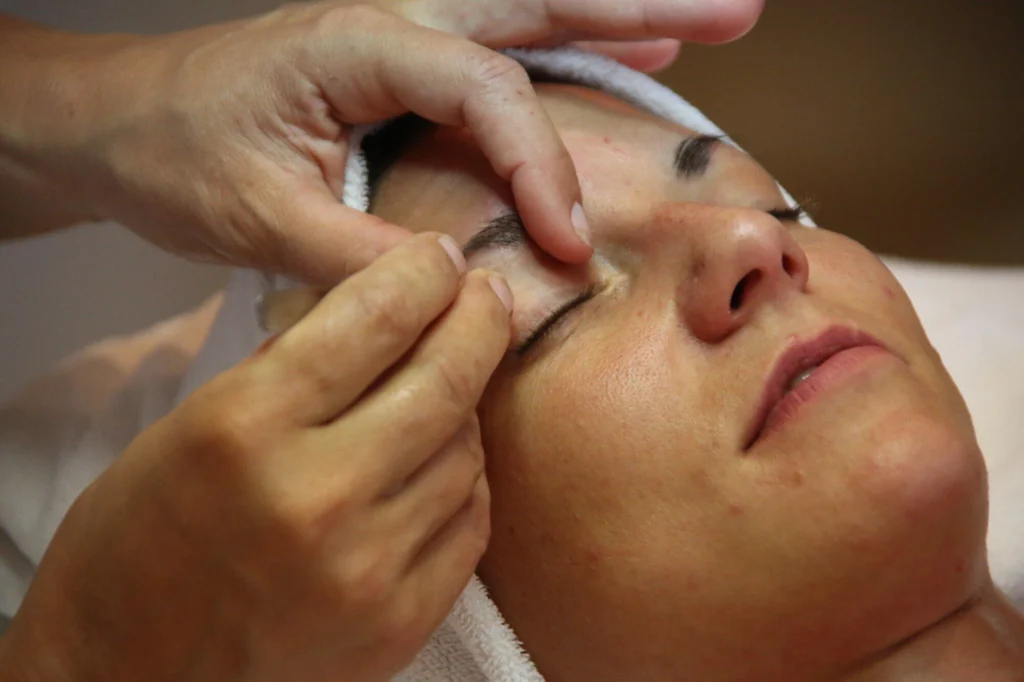
Are you tired of constantly struggling with droopy or hooded eyelids that make you look and feel older than you are? Perhaps you’ve considered eyelid surgery, but are unsure of what the procedure entails.
Look no further, as this guide will provide you with all the understanding you need before deciding to undergo hooded eyelid surgery. Read on.
What is Hooded Eyelid Surgery?
Hooded eyelid surgery is a cosmetic and functional procedure designed to correct ptosis. The primary goal is to remove excess skin, muscle, and sometimes fat from the upper eyelids to create a more youthful and alert appearance. However, for individuals experiencing vision problems due to drooping eyelids, the surgery can also significantly improve their field of vision.
Benefits of Hooded Eyelid Surgery
Hooded eyelid surgery is a common cosmetic procedure that is performed to improve the appearance of heavy or droopy eyelids. This surgery involves removing excess skin and fat from the upper eyelid, which can create a hooded or tired look.
- Enhanced Vision
- Youthful Appearance
- Increased Comfort
- Boosted Confidence
Potential Risks and Complications
As with any surgical procedure, hooded eyelid surgery carries some risks, including:
- Infection
- Scarring
- Dry eyes
- Asymmetry
- Temporary or, in rare cases, permanent changes in vision
It’s crucial to choose an experienced and board-certified plastic surgeon to minimize the risks of Blepharoplasty.
The Procedure
An eye lift surgery can be daunting but with the right steps can provide ease. Here are the steps.
Consultation
The journey begins with a thorough consultation with an experienced plastic surgeon. During this meeting, the surgeon will assess your eyelids, discuss your goals, and determine if you are a suitable candidate for the procedure. It’s essential to mention any medical history or current medications as these can influence the surgery and recovery process.
Pre-Operative Preparation
Before the surgery, you may need to undergo some routine tests to ensure you are fit for the procedure. Your surgeon will provide specific instructions on how to prepare, including guidelines on eating, drinking, and taking or avoiding certain medications.
The Surgery
Hooded eyelid surgery typically takes about one to two hours and is usually performed under local anesthesia with sedation or general anesthesia. The surgeon makes small incisions along the natural crease of the upper eyelid to minimize visible scarring.
Through these incisions, the surgeon removes or repositions excess skin, muscle, and fat. Once the desired correction is achieved, the incisions are closed with fine sutures.
Recovery and Aftercare
Blepharoplasty recovery time is important to avoid any issues. Here are some of them.
Immediate Post-Surgery
Immediately after the surgery, you may experience swelling, bruising, and minor discomfort. Your surgeon will provide you with specific aftercare instructions, including how to clean your eyelids, which medications to apply or take orally, and what activities to avoid during the initial healing phase.
Follow-Up Appointments
Follow-up appointments are crucial to monitor your recovery progress. Stitches are usually removed after about a week, and most patients can return to regular activities within 10 to 14 days.
Long-Term Care
Full recovery can take several weeks, during which time it’s essential to protect your eyes from sun exposure, avoid strenuous activity, and follow your surgeon’s advice regarding skincare and eye care.
Fix Your Hooded Eyelid Today
In conclusion, understanding hooded eyelid surgery is crucial for anyone considering this procedure. This comprehensive guide has provided valuable insights.
This is from the types of hooded eyelids to the benefits and potential risks. If you are ready to learn more and potentially undergo this life-changing surgery, talk to eyelid specialists today!
If you want to read more articles, visit our blog.